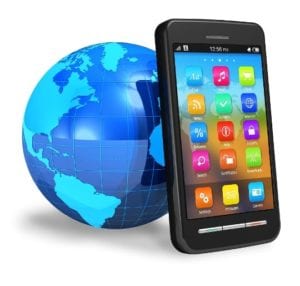A new smartphone application could revolutionise the way groundwater specialists test for contamination in South African water says a local expert. University of Illinois researchers have developed a cradle and iPhone application which uses the phone’s built-in camera as a biosensor to detect toxins and other molecules.The wedge-shaped cradle contains lenses and filters which are found in much larger and more expensive laboratory devices.
UIS laboratories chemist, Jan-Daniel Vorster, says the traditional method for testing groundwater samples is specialised and time-consuming.
“It involves Gas Chromatography and Mass Spectrometry in a complex analysis which could take up to fifty minutes per sample on big instruments that cost between R500 000 and R2million,” he reports.Presently, groundwater testing in South Africa involves a number of technologies and a broad range of water probes.South Africa’s groundwater resources supply about 15% of the total volume of water consumed nationally.
Most of South Africa’s groundwater quality problems are related to human activities like industry, mining, urban development and the intensification of agricultural practices.
Bill Boonzaier, director of GEO Water Systems, a supplier of water instruments, says a mobile testing device may add value to the industry and would be marketable.
“It could speed up data response times and will be a big advantage,”he explains. “Specialists won’t have to carry around the samples which deteriorate with time.”








